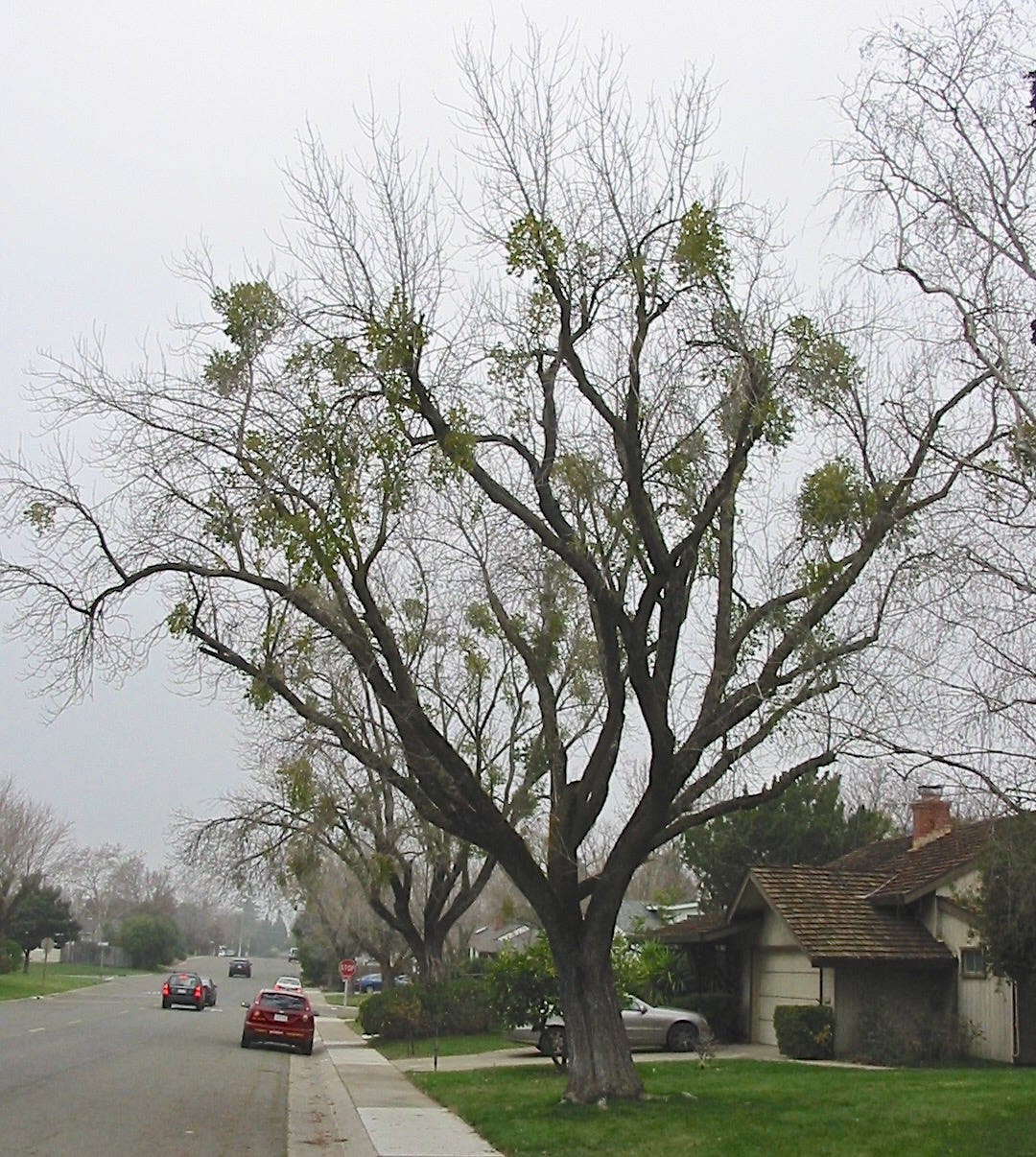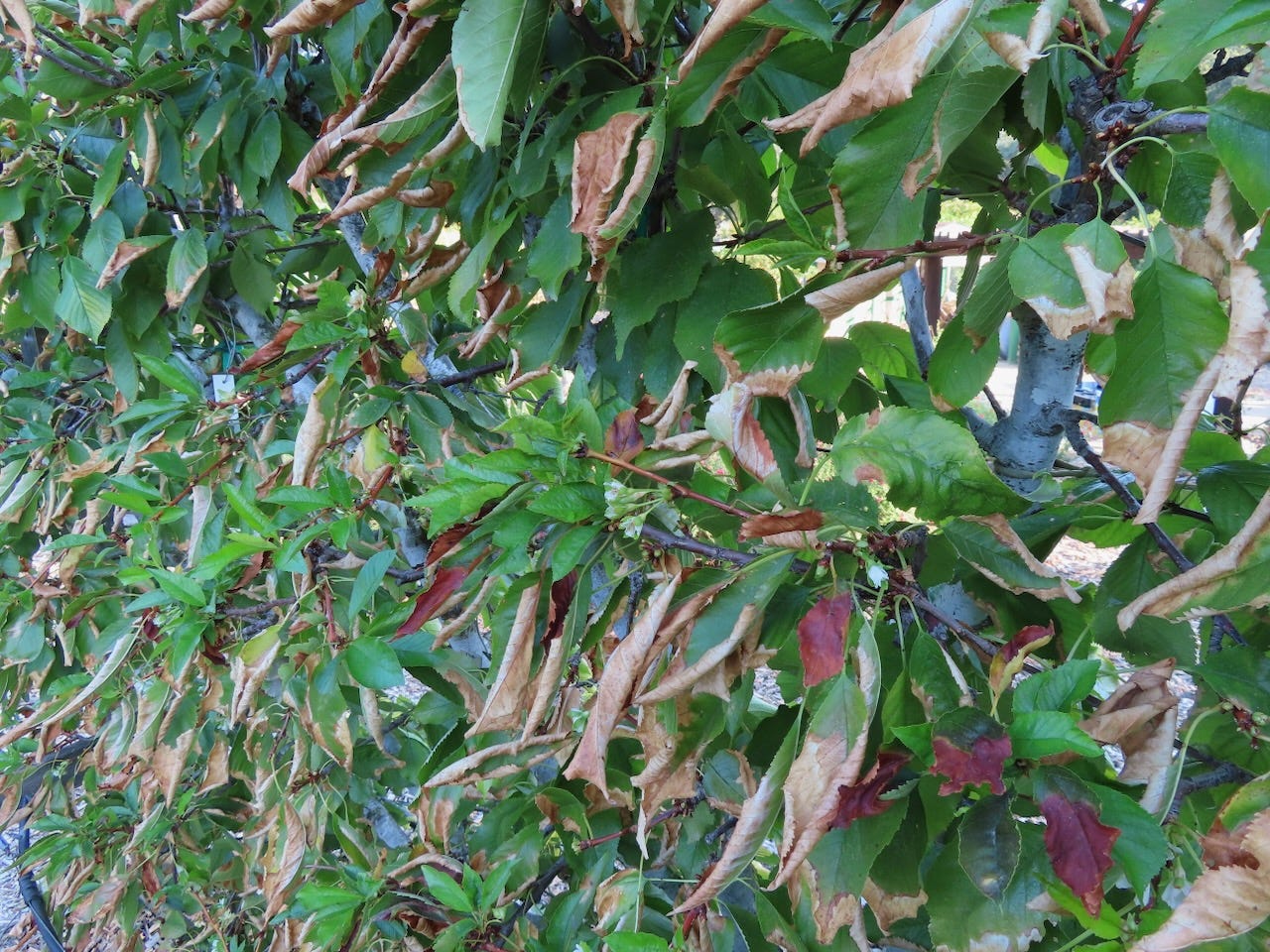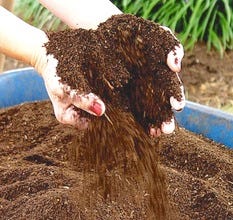Should You Add Biostimulants To Your Garden?
You probably already are.
It’s Christmas time in April for nurseries, garden centers, and big box stores with a garden section (you may have noticed the longer checkout lines lately). With the warmer weather of Spring, gardeners are flocking to these stores for plants, soil products, fertilizers, garden tools and more.
Unfortunately, the “more” part might include some alluring garden products and techniques being hawked at stores or social media, that, with closer inspection, have dubious long-term value (don’t get me started about packaged mychorrizae). This has been true since post World War 2, when some munitions factories switched their end products to fertilizers and pesticides.
In the 1940's & 50's, DDT was available to home gardeners as a pesticide. Turns out, it caused cancer and killed birds.
In the 1960's-70's, the Modesto Ash was considered the "perfect shade tree" for the Central Valley of California. Turns out, it is susceptible to anthracnose, mistletoe and is no longer recommended.
In the first decade of the 21st century, the pesticides Diazinon and Dursban were taken off store shelves. Also proven ineffective, despite beliefs and claims to the contrary: Vitamin B-1 for transplant shock, calcium sprays to stop blossom end rot on tomatoes, store-bought ladybugs (the majority of them fly home. sorry.). And, here in California, a very popular insect control product active ingredient, Imidacloprid, became unavailable for consumer purchase this year due to its potential for enviromental hazards, such as toxicity to honeybees.
Which brings us to today’s newsletter about a product category that may not necessarily be right for you.
What are Biostimulants?
First, a question from Lynn:
“I have heard recently about using biostimulants in the vegetable garden. Is that something you have heard about and or used? Just wondering if it really does reduce the impact of abiotic stress on plants? I live in Atlanta Georgia zone 8a where we get a lot of humidity and temperatures in the 90’s throughout July, August and into September.”
A couple of definitions for terms used by Lynn in her question:
• Biostimulants
According to the University of Minnesota:
A legal definition of biostimulants has yet to be decided. However, the European Biostimulants Industry Council describes them as “Substances and/or microorganisms whose function when applied to plants or the rhizosphere is to stimulate natural processes to benefit nutrient uptake, nutrient use efficiency tolerance to abiotic stress, and/or crop quality, independently of its nutrient content.”
Examples of biostimulants include humic and fulvic acids (peat moss is an example), seaweed extracts, liquid manure composting, beneficial bacteria and fungi.
• Abiotic disorders
According to the University of California Ag and Natural Resources (UCANR):
“Abiotic plant disorders are generally caused by environmental conditions, rather than microorganisms. They are sometimes called noninfectious diseases. Abiotic disorders can develop if a plant's needs are not being met. Abiotic disorders can not only damage a plant directly but could predispose trees and shrubs to attack by insects and pathogens. Disorders and pests often act in combination, such as when drought stress or root injuries make trees susceptible to bark beetles and root decay pathogens.
Common causes of abiotic disorders include too much or not enough water, compacted soil, nutrient deficiency (often caused by imbalanced soil pH), excess soil salinity, too much heat or sunlight, herbicides, air pollution, and mechanical injuries.”
UCANR is too polite to say it, but I will: Abiotic disorders are usually “operator error” - gardening mistakes, including siting the plants. Although, they do say:
“Avoid abiotic disorders by giving plants the right amount of water, sunlight, and nutrients. You must water plants properly, and the soil must drain well. The soil must contain the correct nutrient levels, pH, and salinity. Fix any extreme light or temperatures issues like too much sunlight. Protect plants from herbicide and fertilizer damage as well as from mechanical injuries.”
Is There a Place in the Home Garden for Biostimulants?
Biostimulants have been a hot topic in commercial agriculture for a couple of decades now, but there is still a lot of research that needs to be done.
For a home gardening perspective on the use of biostimulants, we turn to retired UC Farm Advisor Rachael Long, who practiced the under-appreciated craft of translating science into a language understood by people whose livelihood depends on their own hard work and business acumen: the farmer in the field.
“There are many types of biostimulants”, says Long. “All these help feed bacteria and fungi in the soil for better soil health and plant nutrient exchange, leading to healthy plants. The best and cheapest way to achieve healthy soils is with compost, especially for backyard gardens.
“Compost feeds microorganism in the soil, which eventually enhances soil structure (for better water infiltration) and also microbes to enhance nutrient uptake by plants. Compost refers to decomposed organic matter from plants or animals (e.g. manures). Plant-derived composts have low nitrogen content, whereas manures are high nitrogen. Compost also has nutrients that help plant growth. But you have to have lots of patience, as improving soil health can take years.”
Long related the success story of an alfalfa farmer in Nevada who has been feeding their alfalfa fields with compost tea, which has increased production.
We wrote about a deep dive into the compost tea process by a Piedmont Master Gardener (part of the state of Virginia Cooperative Extension) in the May 6, 2022 edition of the Beyond the Garden Basics newsletter “The Truth About Compost Tea” that includes an interview with Master Gardener Ralph Marini and follow-up information. If you just want to hear the interview, it was also an episode of the Garden Basics with Farmer Fred podcast, Episode 197 - “Compost Tea Explained.”
The bottom line: do your own research about compost tea. The newsletter article, as well as that podcast episode, does help you on that journey to separate truth from myth about this particular biostimulant that is gaining more popularity among home gardeners.
One final piece of advice discussed in that May 6, 2022 newsletter that more and more gardeners, including permaculturists, are finding valuable:
Tomatoes and Peppers Like Bacteria; Your Fruit Trees Like Fungi. Match Your Compost and Mulch Choices with the Needs of Your Particular Plants.
And that’s a long story for another edition.
Keep reading with a 7-day free trial
Subscribe to Beyond The Garden Basics to keep reading this post and get 7 days of free access to the full post archives.







